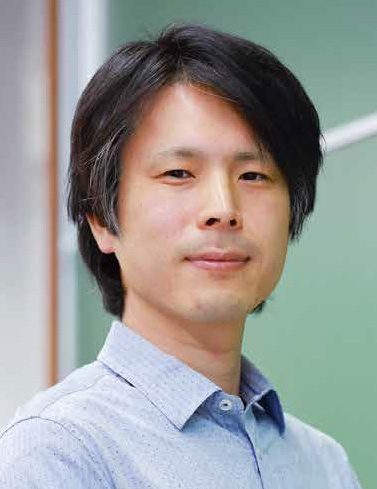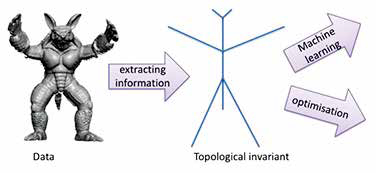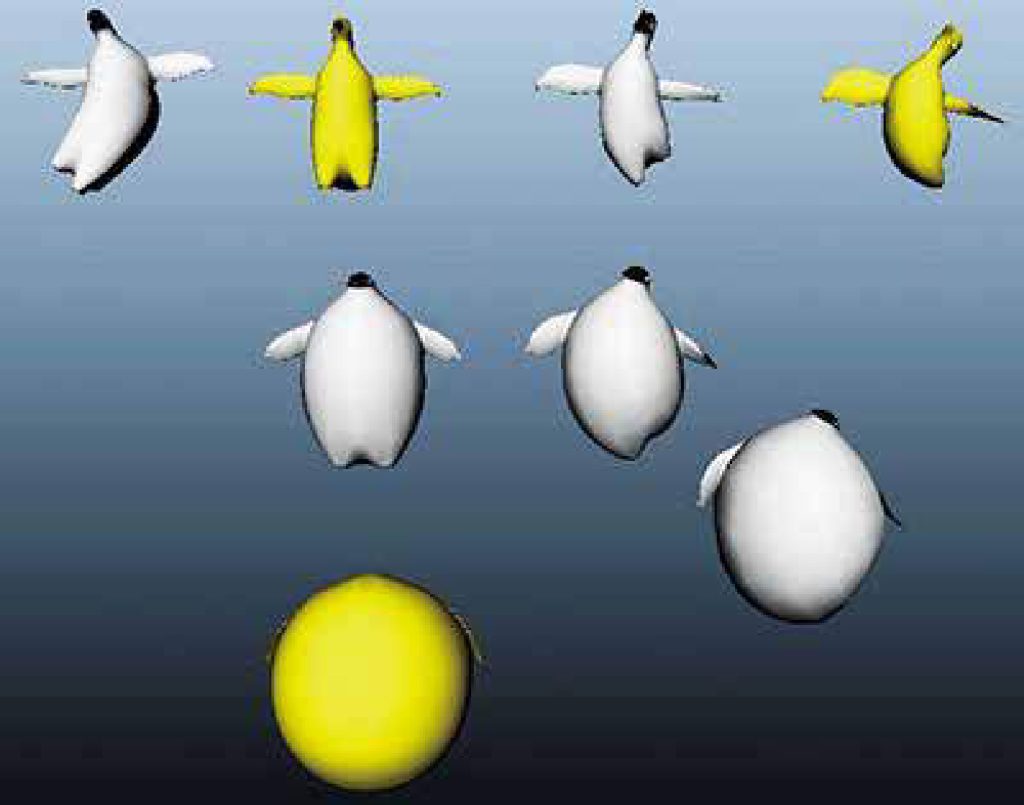Algebraic topology and applied topology

KAJI, Shizuo
Degree: Doctor of Sciences (Kyoto University)
Research interests: Topology, Lie Groups, Applied Mathematics
My main research interest is in the areas of topology. In addition to so-called “pure maths” problems, I work on various problems to which the methodology of topology applies. For example, I am interested in topological data analysis, an emerging interdisciplinary field in which topologists and data scientists work together.
Topology is a study of shapes and their deformation. As is often said, in topology a mug and a doughnut are not distinguished; they both have a “hole” and can be “deformed” to one another. Topologists do not care length, area, or angle but do care the numbers of connected components and holes of a shape. One of the main goals in topology is to assign numbers (or more generally, some algebraic objects) to shapes (topological spaces) which do not change under continuous deformation. These topological invariants tell the nature of the shapes and provide a way to distinguish and classify them. My specialty is in exploiting symmetry of the space to compute topological invariants such as cohomology and homotopy groups. Symmetry is usually encoded in the action of a Lie group on the space and it often reveals a beautiful connection between topology and combinatorics.
Looking at things in a topological manner is in fact close to how we view the world. As opposed to machines, which are very sensitive to subtle changes, we humans perceive things less accurately. But this enables us to recognise things robustly in a noisy environment. To extract information from big data, details are not so important and should be discarded to have a perspective view of the data. By the rigorous mathematical language of topology, we could teach a machine how to see things like a human. One such example is to use homology in data analysis. Homology captures “holes” of a space, and can be computed efficiently by a computer. The technique is successfully employed in clinical medicine, neuroscience, chemoinfomatics, and so on.

Aside from data analysis, perhaps a more direct application of topology is in handling shapes. Just as we can deform a mug to a doughnut, we may think of interpolating shapes. The figure below shows my computation with penguins. It looks fun but at the same time it can have serious applications in designing and optimising shapes.


